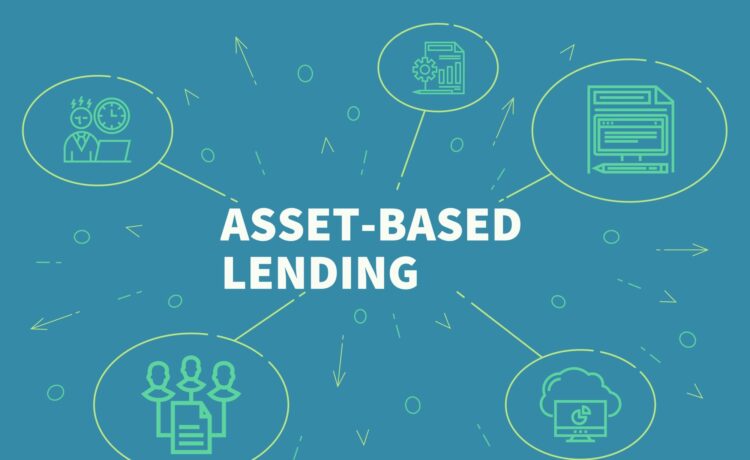Asset-based lending is a kind of financing secured by tangible company assets including accounts receivables, machinery, and inventory. Lenders of this financing option typically allow borrowers to secure 75% to 85% of the value of their accounts receivables or around 50% of the value of their inventory or equipment. Accord USA asset based lending is easier to qualify for than other small business loans. The reason is that the tangible collateral mitigates risk for the lender. When the borrower defaults on their loan, their asset-based lender will seize and sell the collateral to recoup their losses. Keep reading to know if asset-based lending is right for your company:
How It Works
Asset-based lenders provide your company an advance of capital based on its secured assets’ value. Desirable assets refer to those that can be quickly and easily liquidated. If you choose a term loan, you will pay back the advance, plus interest, over a designated period. Meanwhile, if you choose an asset-based line of credit, you can draw on the credit line when necessary and only pay interest on the funds you have used. A lot of businesses seek this form of financing to cover working capital and cash flow needs, particularly when they cannot qualify for traditional business loans.
Lending Rates
Because of the differences in lenders, financing products, and business qualifications, the interest rates for asset-based lending can vary widely. These range from 7% to 30%. Generally, these rates are higher than the rates of bank products. But, you will usually see lower rates compared to unsecured business loans since your tangible assets mitigate the risk for lenders.
Lending Terms
The terms associated with asset-based lending vary based on the kind of collateral used to secure the loan. For instance, if the accounts receivable is used to secure the loan, the terms are often based on the payment terms of the outstanding invoices. On the other, with machinery or equipment, the terms are often 5 or 6 years or up to the equipment’s projected life.
Advantages of Asset-based Lending
A lot of companies turn to asset-based lending because they cannot get approved for financing from traditional lenders. Any business can use this financing option as long as it has assets on its balance sheet. Asset-based financing is a famous choice for companies in the food and drink, manufacturing, retail, and distribution sectors as well as companies that have good inventory that can be easily lent against.



















